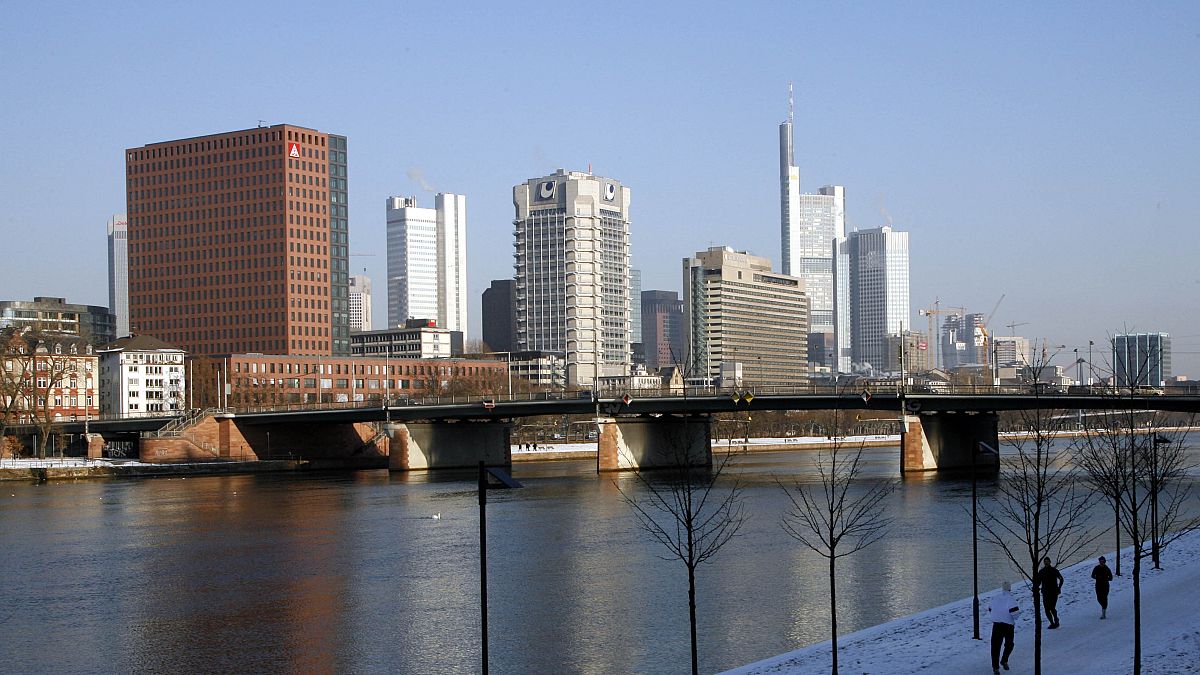The European Commission’s 2024 Annual Single Market and Competitiveness Report looks at how digital adoption and sustainability across the single market has evolved in the past year.
The European single market was incorporated in 1993, to enable the free movement of people, goods, services and capital throughout the European Union. It is the biggest trading bloc in the world, made up of 27 European Union states, with more than 440 million consumers. Liechtenstein, Iceland and Norway also have access to the bloc through the Agreement on the Economic Area, albeit with certain exceptions. Switzerland, on the other hand, can only partially access this single market through bilateral agreements.
Since its establishment, the European single market has ensured that the EU economy has access to varied supply sources, a wide demand pool and several opportunities for expanding production and innovation. It also contributes to robust working conditions and social rights, while also strengthening the EU’s global bargaining position.
However, the complexity and implementation of rules remains an ongoing challenge.
The European Commission recently released its 2024 Annual Single Market and Competitiveness report, outlining the goals, challenges and advantages of the European single market in the past year. This report was recommended by the March 2023 European Council, and takes previous Annual Single Market reports a step further to better monitor the competitiveness of the single market.
The report mainly highlights nine competitive drivers of the Single Market, as well as the annual progress or setbacks that these have faced so far. These are:
- Public investment and infrastructure
- Energy
- Education and skills
- Research and innovation
- Circularity
- Access to private capital
- Functioning of the Single Market
- Trade and open strategic autonomy
- Digitalisation
Evolving geopolitical and economic challenges for the European single market
Following the setbacks faced by several sectors due to the pandemic, as well as by the ongoing Russia-Ukraine conflict, the European Commission has taken several steps to improve the resilience of the trading bloc.
These includes reducing reliance on Russian energy, establishing more diverse supply partners, as well as prioritising the digital and green transitions, also known as the twin transition. This means that although more focus is being placed on digital adoption and advancements, by individuals, businesses and governments, it is also done as sustainably as possible. Other climate goals, such as net zero and emissions reduction goals have also been given more prominence.
However, ongoing challenges such as geopolitical tensions, risks of technological advancements such as artificial intelligence, labour shortages and soaring inflation and interest rates continue to pose a threat to these goals. China’s rising dominance in the electric vehicle (EV) and semiconductor industries is also another threat to the EU.
EU financial conditions also struggled considerably last year, thus contributing to businesses struggling with capital investments. This was mainly due to soaring interest rates, as well as tightening standards for credit lines and new loans.
On the other hand, the EU also has high quality infrastructure, research, services, a superior manufacturing base and a head start in clean technology development. These could go a long way in countering the above challenges, especially when it comes to developing its own electric vehicles and semiconductors.
Measures such as the Recovery and Resilience Facility (RRF), EU Cohesion Policy funds and similar programmes have also gone a long way in helping advance the digital and green transition even in times of low capital investment and wavering confidence.
Furthermore, at the end of last year, the European Council has also been working on plans to expand the European Union, which would also increase the scope of the single market, by working on including more candidate countries. This also includes improving the Deep and Comprehensive Free Trade Area agreements already in place with Moldova and Ukraine for 2023-2024.
Green and digital goals take the limelight
A staff working document accompanying the above report is the first annual report on key findings from the European Monitor of Industrial Ecosystems (EMI). The EMI is used by EU industry members, policymakers and member states to gauge the progress of the twin transition across industries, by examining the adoption rate of technology by businesses and individuals. It also looks at how competitive the EU’s technologies are, compared to its global peers.
According to the EMI, in 2022, only 69% of small and medium-sized enterprises (SMEs) had a basic level of digital intensity, which was still quite a step below the EU’s 90% target by 2030.
Digital intensity is measured by the DigitalIntensityIndex (DII), which takes into account 12 chosen digital parameters, for example, use of AI, a website, social media, access to computers for employees and so on.
Companies which have a basic level of digital intensity meet at least four out of these chosen 12 parameters, while companies with a high digital intensity meet between seven and nine of the standards. Enterprises with a very high level of intensity meet between 10 to 12 of the parameters.
However, the EMI notes that 49% of SMEs said that they were speeding up investments in digital technologies, with aerospace and defence, businesses dealing with green technology and agrifood leading the way in this.
Certain service-based sectors such as tourism also struggled with a skills gap, as there was a limited availability of digital and green skills, despite high demand. Creative and cultural sectors, as well as construction, saw a particularly high demand for digital skills.
Digital firms in the electronics, mobility and retail sector saw the most investment from European venture capital and private equity firms in 2021. However, private financing has still been quite stunted in the EU, compared to the US, which has several more scale-ups than Europe.

